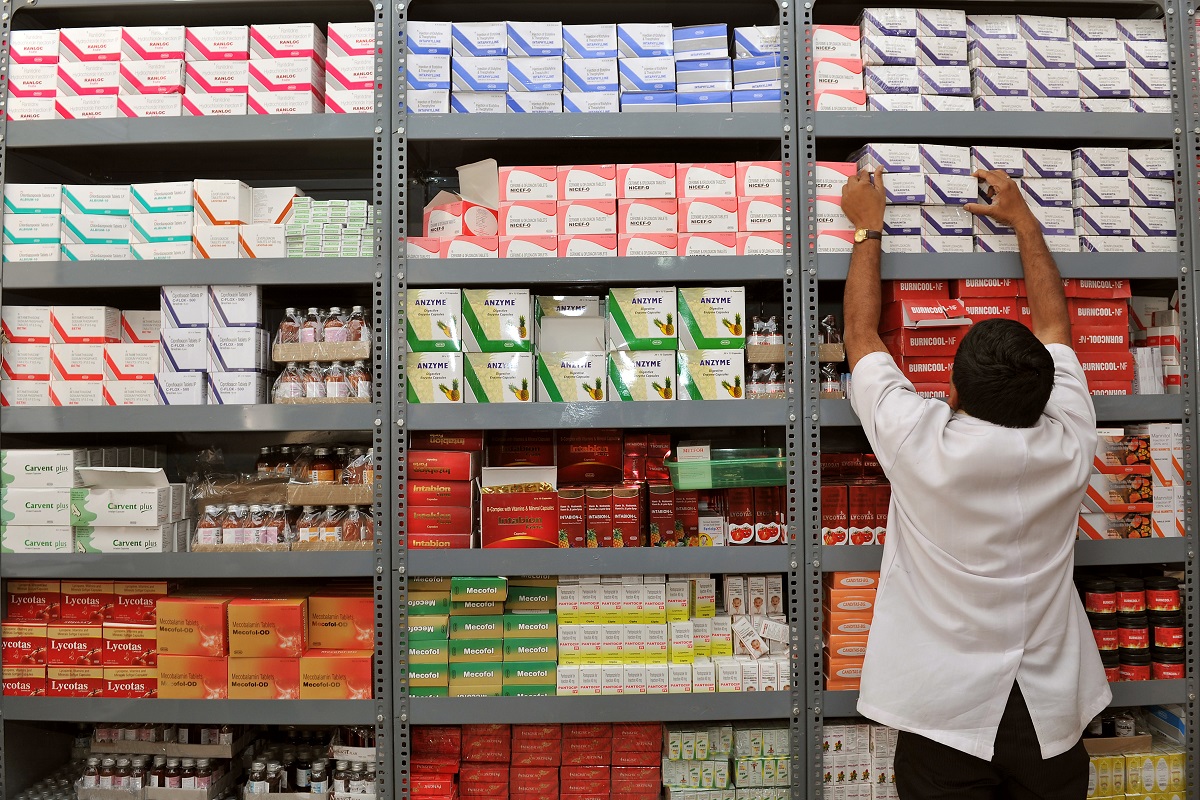Recommended
The Global Fund to Fight AIDS, Tuberculosis and Malaria—a pioneer in global health since 2002—has helped combat preventable diseases throughout the world. But this work is far from finished. In 2018, 40 percent of people living with HIV did not have access to treatment. TB incidence has declined by an average of just 1.5 percent per year since 2000. And from 2015 to 2017, no significant progress in reducing global malaria cases was made.
As CGD experts have argued, effective and responsible stewardship over scarce global health resources requires maximizing the impact of every dollar spent. To this end, CGD has offered a large portfolio of research and recommendations for the Global Fund and its partners, suggesting ways to enhance the impact, effectiveness, and efficiency of efforts to create a world free from AIDS, tuberculosis, and malaria. Ahead of the Global Fund’s replenishment on October 10, 2019, here are three areas of CGD work relevant to the Fund’s forward-looking agenda.
More rigorous and independent verification of program performance is needed to ensure Global Fund grants are increasing coverage and quality of health services, driving accountability for principal recipients and the Global Fund as an institution. Our independent Value for Money Working Group report, More Health for the Money: Putting Incentives to Work for the Global Fund and Its Partners (2013), along with our Next Generation Financing Models in Global Health Working Group report, Aligning Incentives, Accelerating Impact: Next Generation Financing Models for Global Health (2015), offer a diagnosis of challenges posed by the current approach and a roadmap to move this agenda forward.
More systematic generation and use of rigorous evidence is needed to ensure Global Fund grants achieve the greatest possible health impact. An enhanced approach to evidence should include impact evaluations of the largest programs and innovative service delivery strategies, helping assess whether Global Fund investments have improved health outcomes over counterfactual levels and informing future resource allocations. Further, the Global Fund should systematically deploy economic evidence, including health technology assessments, to inform resource allocation across the Fund’s portfolio—particularly when evaluating whether the Global Fund should purchase new or costly medicines or other health technologies.
More efficient and effective support for procurement and supply chains, particularly for countries undergoing aid transition, is needed to sustain and expand affordable access to quality essential medicines and other health supplies. The Global Fund has achieved substantial price reductions through its Pooled Procurement Mechanism and other strategies, but there’s still room to grow on incorporating cost-effectiveness criteria into product selection, exploring innovative bidding mechanisms, and improving outcomes among countries who self-procure with Global Fund financing. With aid transition on the horizon, the Global Fund also needs to build national capacity for effective procurement—an issue emphasized in the final report of CGD’s Working Group on the Future of Global Health Procurement. The report (summarized in this factsheet) also offers recommendations for how global health entities can sustain and expand global cooperation as countries transition from development assistance.
To learn more about CGD’s work on global health policy, visit our topic page and sign up for updates.




